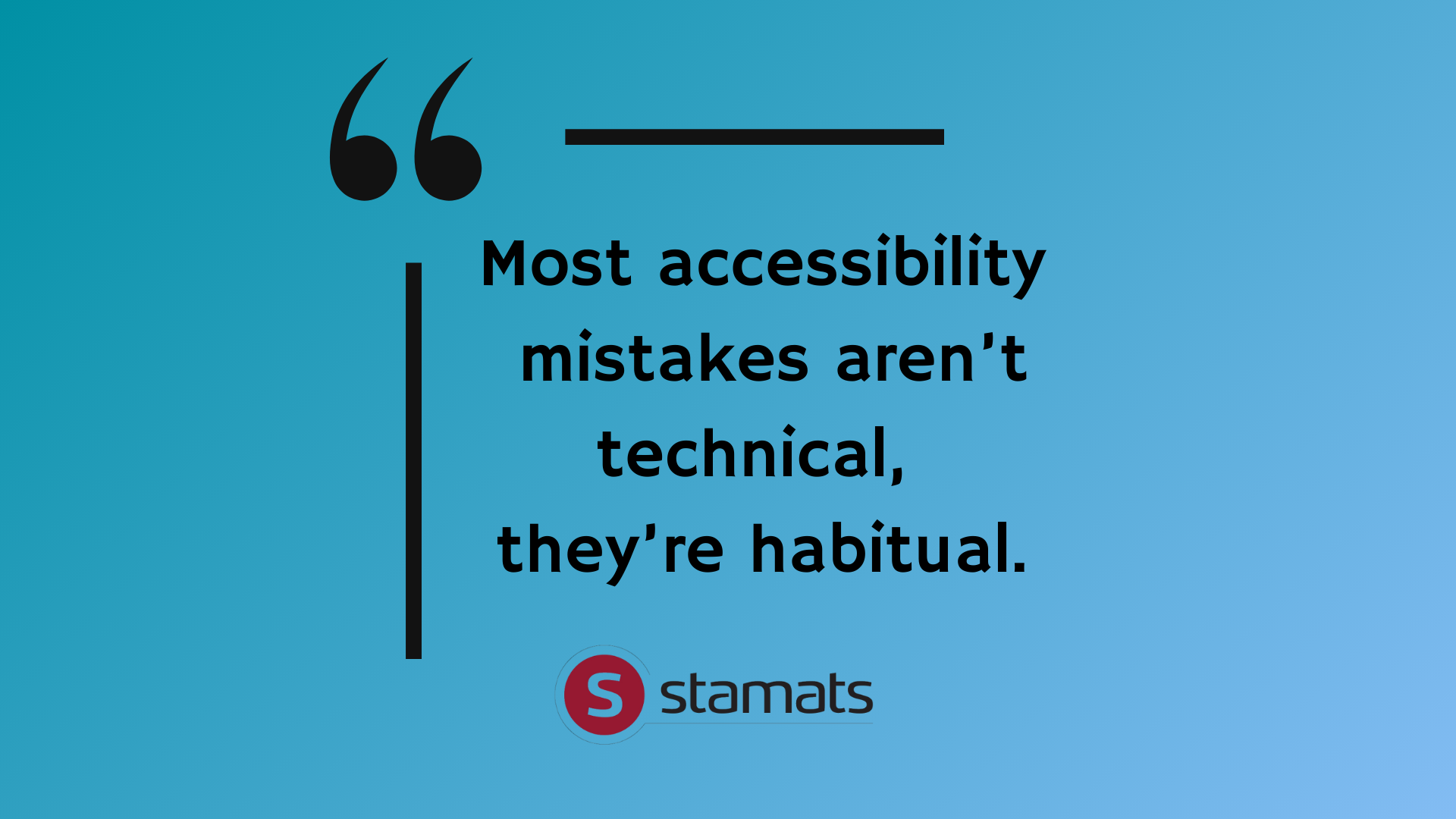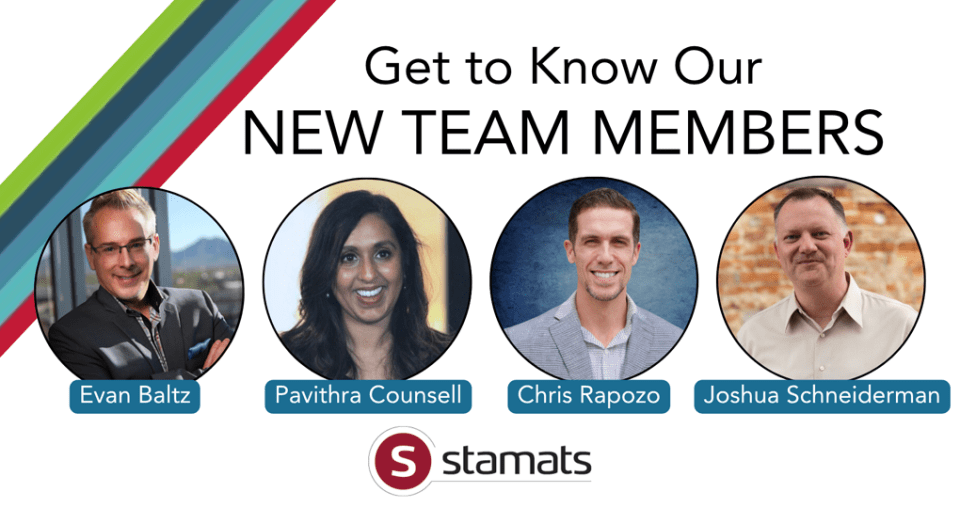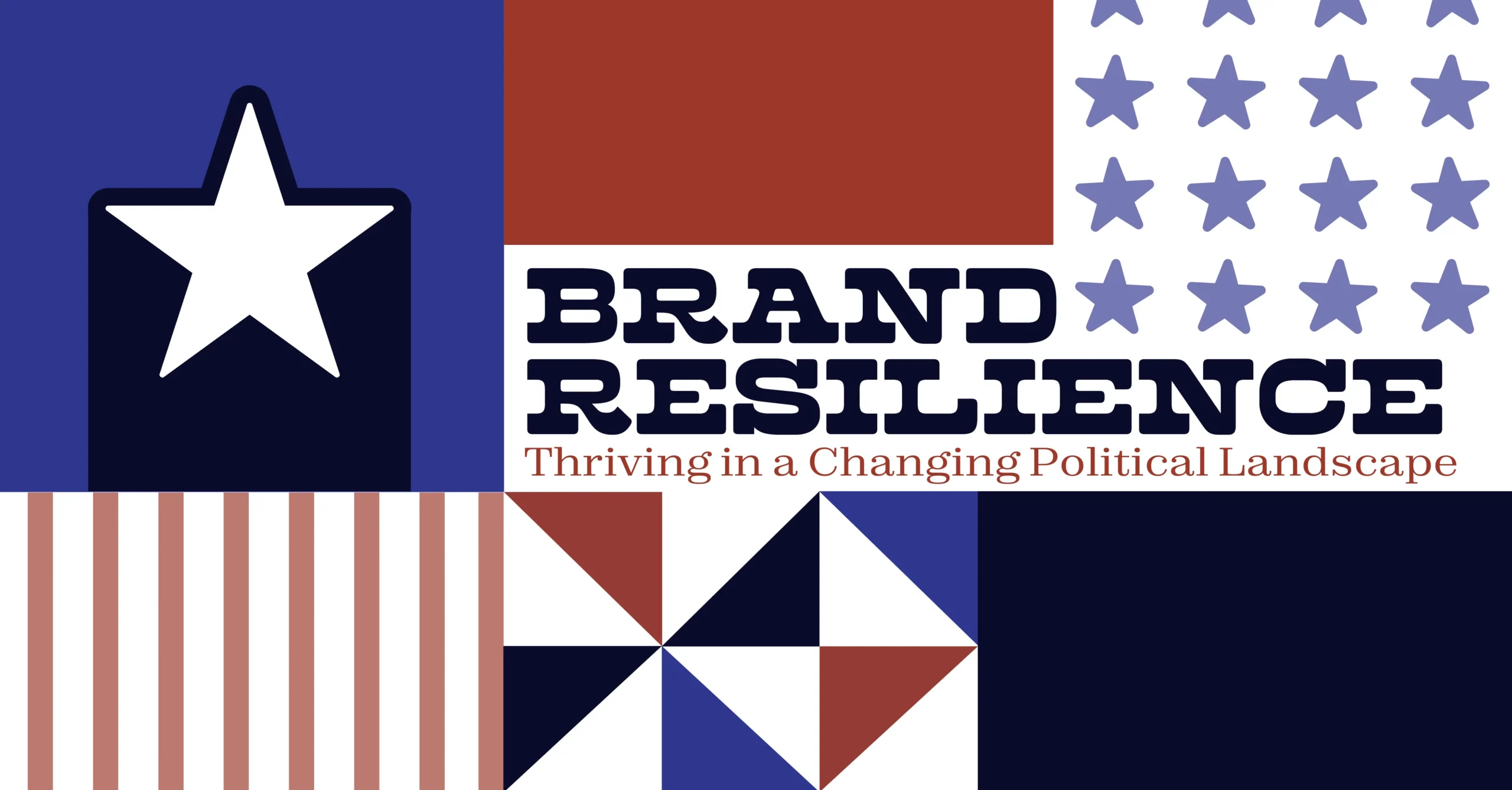Category: Brand & Design
-

6 Signs It’s Time for a Website Redesign
-

The ROI of Web Accessibility: A Business Case for Intentional, Inclusive Healthcare Websites
-

WCAG 2.2: How Accessible Healthcare Websites Center Patient Experience (& Drive Revenue, Too)
-

When Lean Management Turns Mean
-

A Century of Evolution: Stamats Expands Digital Leadership with Four New Marketing All-Stars
-

HMPS 2025 Recap: Storytelling & Connections Lift the Patient Experience
-

Career Pathways: How Mid Michigan College Transformed Their Website Experience
-

Intern Spotlight: Springing into a Digital Design Career
-

Brand Resilience: Thriving in a Changing Political Landscape








